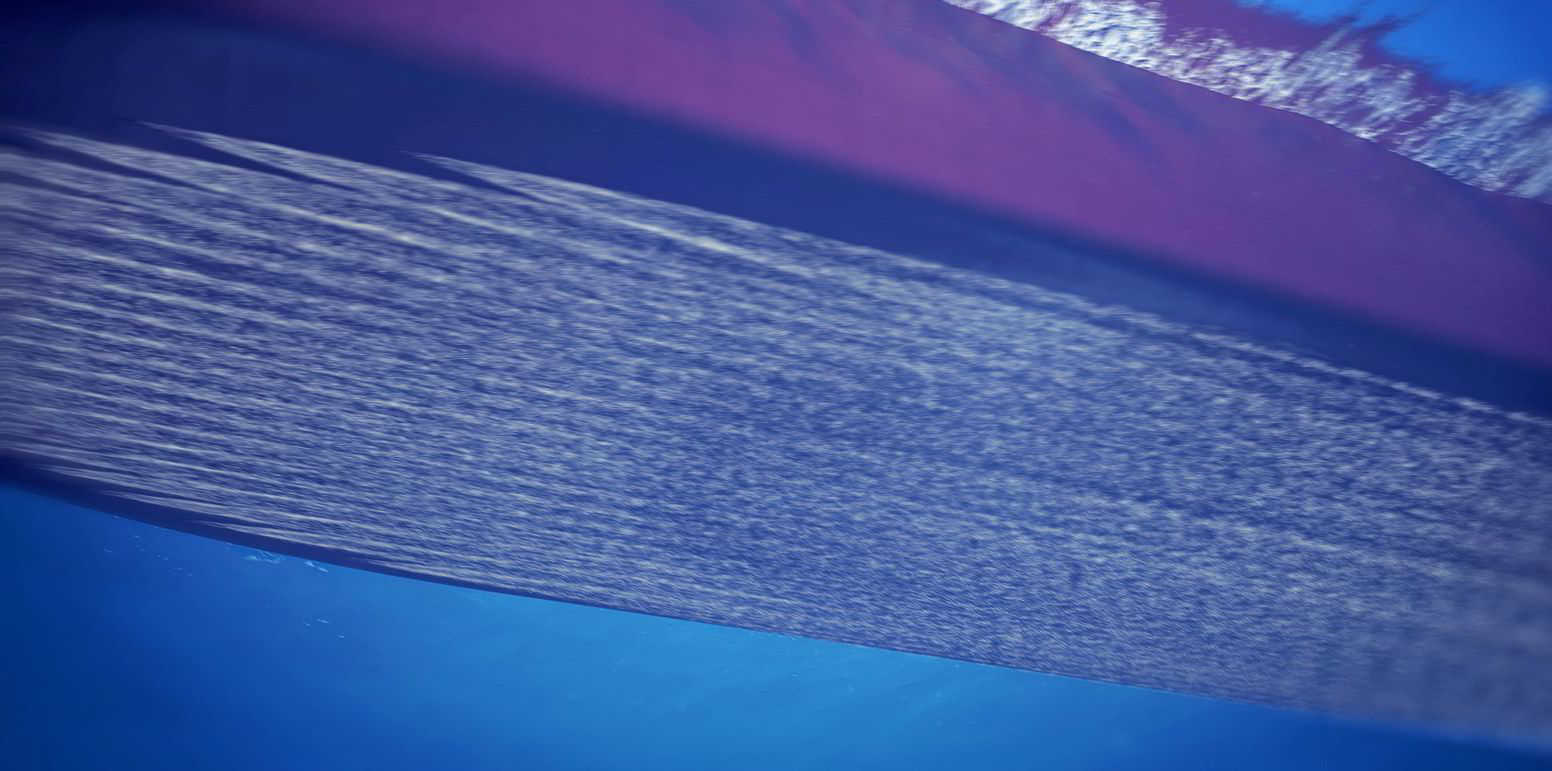The International Maritime Organization’s upcoming carbon intensity scores are expected to deal cruise ships a ratings blow if they spend more time in port and less time on the move.
But Carnival Corp chief maritime officer William Burke explained how the industry giant could use newer vessels outfitted with fuel-saving microbubble technology, known as air lubrication, to tackle itineraries that are more challenging under the new rules.
The Carbon Intensity Indicator, or CII, gives vessels scores between A and E based on how much CO2 they emit per capacity per nautical mile travelled.
Although Burke said he is supportive of the IMO’s goal of achieving a 40% carbon intensity reduction by 2030, he said having distance in the denominator of the CII equation creates “perverse incentives”.
“The CII has just created a convolution of issues,” he said in an interview about the company’s decision to bring its fleet of vessels with air lubrication to 17 ships.
“We can have itineraries where the ship is going really slow, it’s got very low absolute carbon and it’s got a high CII. And we have other itineraries that are going twice as fast, twice the distance and they have low CIIs. It doesn’t make any sense.”
The IMO’s carbon intensity rules formerly became the law of the seas on 1 November, making it mandatory at the start of next year for shipowners to measure their ships’ energy efficiency and begin collecting data for CII ratings.
Burke said Miami-based Carnival’s air lubrication programme is focused on younger ships that are already efficient, so the microbubble systems will help bring their CII ratings even lower.

He said those ships can then be deployed on more challenging itineraries that already have low absolute carbon emissions.
Asked about whether Carnival wants to go beyond the 17 ships in its microbubble programme, he said fuel savings of air lubrication depend on how much time is spent at sea and average speed, and they may vary by vessel class.
And payback periods for the investment — Silverstream Technologies systems cost $1m to $2m apiece and shipyard work is added on to that — also is impacted by fuel price.
Burke said where an air lubrication system installation may have previously paid for itself after five to eight years, today’s high oil prices have dropped that to between three and six years. He also said there is an advantage to including the systems in newbuildings rather than retrofitting.
For Carnival, CII flexibility is not at the root of its decision to install air lubrication. Rather, it is part of a variety of efforts to cut its emissions. Since its CO2 output peaked in 2011, the cruise giant has made bigger strides in cutting carbon intensity than absolute CO2 emissions.
“For us, our goal is to reduce our footprint,” he said. “It also will save us money in the long run.”
Read more
- Green Seas: This decarbonisation tech is bubbling up into the mainstream
- Eneti lines up $436m newbuilding loan from two banks amid third-quarter profit
- Star Bulk’s carbon intensity rises as charterers demand bulkers go faster
- Green Seas podcast: Hear how offshore wind is creating a new gold rush in California
- EDF and Moller Center: Investors need to push shipping to ‘take ambitious action now’ on carbon




